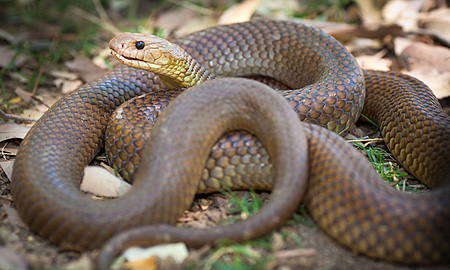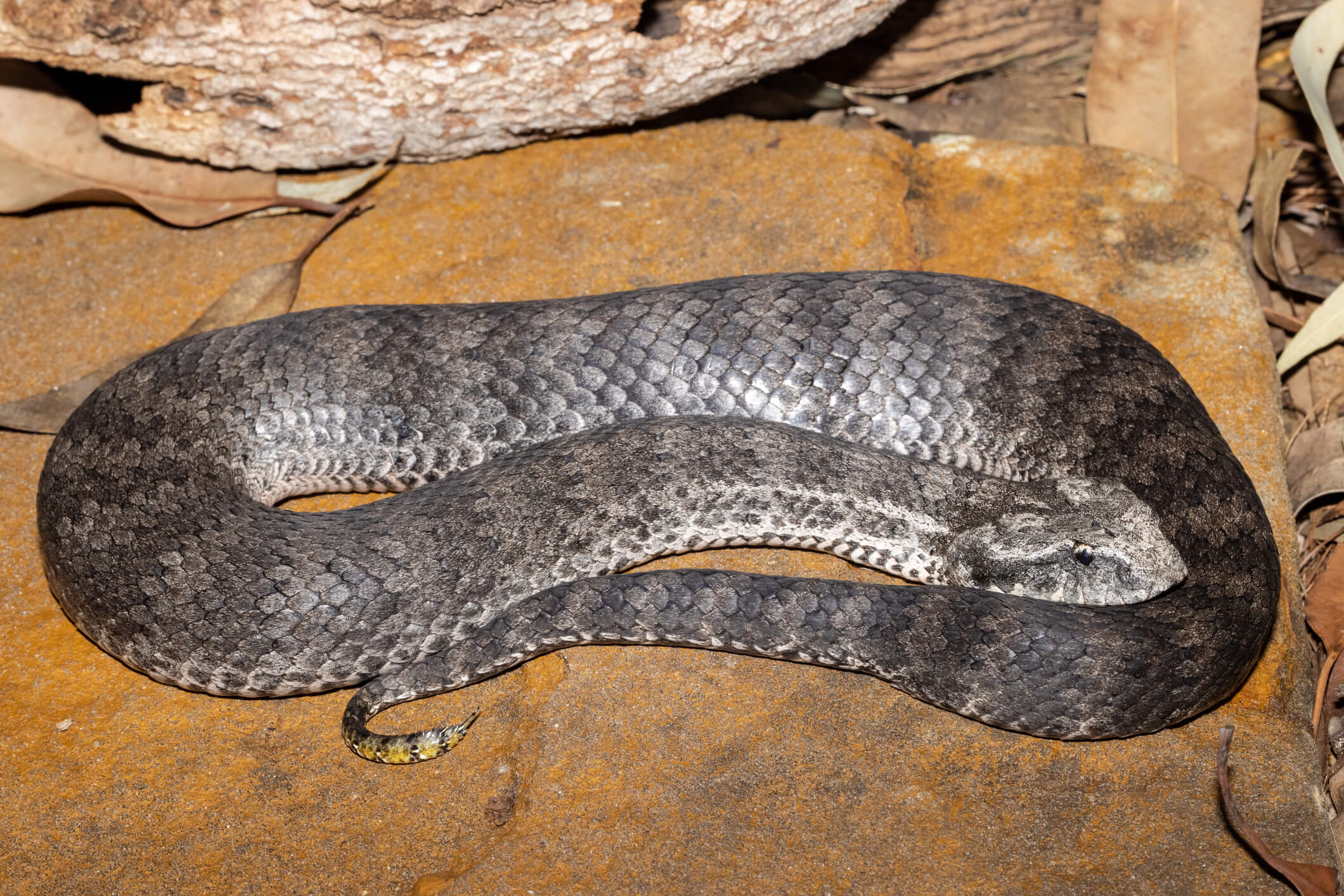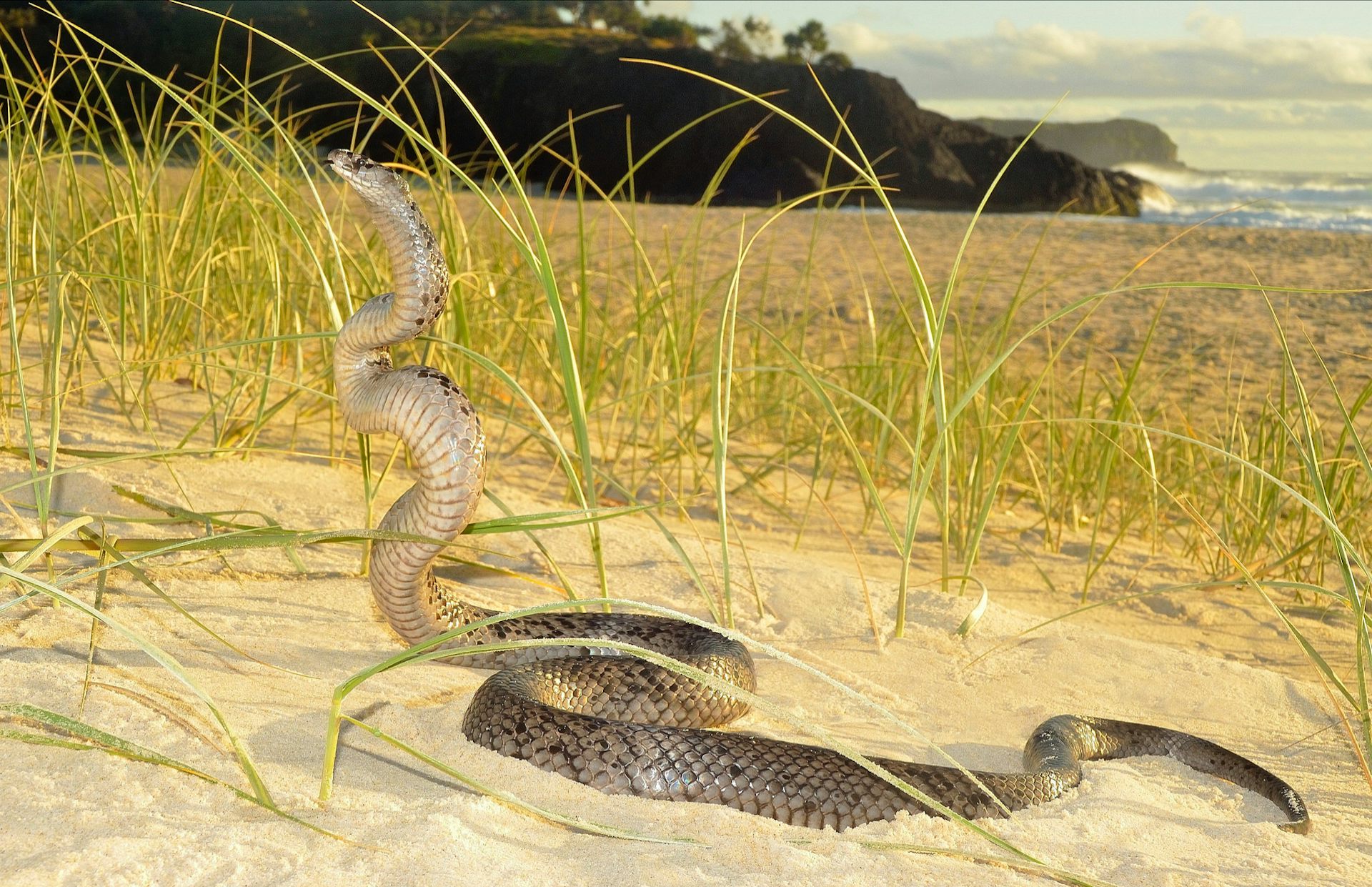Introduction
The Tasmanian tiger serpent, scientifically called Notechis scutatus, is among Australia's most fascinating reptiles. Discovered mostly in Tasmania and its surrounding islands, this snake has gathered attention not just for its striking appearance but likewise for its complex habits and crucial duty in the ecosystem. This short article will certainly explore the numerous facets of the Tasmanian tiger snake's habitat, behavior, anatomy, and communications with humans while providing essential information about precaution in situation of a snake bite.


Whether you're a scientist, a wild animals lover, or just somebody interested about these remarkable animals, this extensive guide guarantees to provide understandings that are both useful and engaging. So let's embark on this journey to recognize the Tasmanian tiger serpent better!
The Tasmanian Tiger Serpent: An Overview
Physical Attributes of the Tasmanian Tiger Snake
Tiger snakes are characterized by their distinctive coloration and patterns. They commonly show a mix of yellow or cream red stripes on a dark brown or black history-- for this reason the name "tiger." Adult tiger serpents can mature to approximately 2.1 meters long, although most individuals balance around 1.5 meters.
Key Attributes:
Educating about venomous snakes- Coloration: Differs from dark brownish to olive environment-friendly with lighter bands. Size: Grownups typically vary from 1.2 to 2.1 meters. Head Shape: Distinctly broad with famous eyes.
Distribution and Habitat of the Tasmanian Tiger Snake
The Tasmanian tiger serpent predominantly lives in seaside regions, wetlands, marshes, and meadows in Tasmania. It thrives in environments where it can quickly access water sources considering that it is typically discovered near streams or lakes.

Habitat Preferences:
- Wetlands: Suitable for hunting victim like frogs and tiny mammals. Coastal Locations: Offers abundant food resources. Grasslands: Offers cover and basking spots.
Understanding Tiger Serpent Behavior
Feeding Habits of the Tasmanian Tiger Snake
Tiger serpents are carnivorous and opportunistic feeders. Their diet regimen consists mainly of frogs, fish, tiny mammals, and birds. They rely upon their eager vision and swift motions for hunting.
Dietary Failure:
- Frogs: A key component because of abundance in marsh habitats. Fish: Regularly captured when swimming in superficial waters. Small Animals: Sometimes victimize rodents.
Breeding Actions of the Tasmanian Tiger Snake
Tiger serpents have an interesting reproductive cycle. Mating usually happens in springtime after arising from hibernation. Female tiger snakes give birth to live young rather than laying eggs, which is somewhat distinct among reptiles.
Reproductive Cycle:
- Mating Period: Spring (September to November). Gestation Duration: Approximately three months. Litter Dimension: Ranges from 20 to 40 infant tiger snakes.
Aggression and Defense reaction of the Tasmanian Tiger Snake
Though they can be hostile when threatened, tiger snakes usually choose to pull back as opposed to confront threat directly. Their Go to this site main defense mechanisms consist of attacking when collared or presenting their size via hissing.
Defensive Approaches:
- Hissing Sound: A caution signal showing distress. Bite Feedback: A last resource when getaway choices are limited.
Are Tiger Snakes Venomous? Understanding Their Venom
Venom Make-up and Effects
Yes! The Tasmanian tiger snake is poisonous. Its venom contains neurotoxins that can cause significant injury or even death if left neglected. The effects of a bite can consist of paralysis, swelling at the bite website, nausea, and other systemic symptoms.
Venom Characteristics:
- Neurotoxic Elements: Affect nerve system functioning. Hemotoxic Effects: Can result in tissue damage.
Common Signs Complying with a Tiger Snake Bite
Recognizing signs and symptoms promptly is crucial for efficient emergency treatment monitoring after a serpent bite:
- Severe discomfort at bite site Swelling Nausea or vomiting Difficulty breathing
First Help for Snake Bites: What You Need to Know
Immediate Tips After a Tiger Serpent Bite
In situation you experience a circumstance including a tiger serpent bite, it's important to act quickly:
Call emergency solutions immediately. Keep the affected arm or leg debilitated in mind level. Remove limited clothing or jewelry around the bite site.Creating Your Snake Bite First Aid Kit
Having an adequately stocked emergency treatment package can make all the distinction throughout emergencies:|Thing|Objective|| ------|---------|| Compression bandage|To immobilize limb|| Splint|To maintain hurt area|| Antibacterial wipes|For cleaning up wounds|
FAQs About the Tasmanian Tiger Snake
What do baby tiger snakes eat?
Baby tiger serpents mainly eat tiny pests and amphibians up until they expand large sufficient to hunt larger target like frogs or tiny fish.
How unsafe is a tiger serpent bite?
A tiger snake bite can be extremely dangerous as a result of its potent poison; instant clinical focus is essential for survival.
Where are eastern tiger snakes found?
Eastern tiger snakes live in seaside regions across southeastern Australia however are less common than their Tasmanian counterparts.
What must I do if I see a tiger snake?
Maintain your distance; do not try to handle it unless you're educated to do so-- most bites occur throughout attempts at capture or mishandling.
Can I make it through without antivenom after being bitten?
While some individuals may make it https://pastelink.net/0umtx1yu through without antivenom depending upon numerous elements such as health problems and time considered treatment; seeking prompt clinical aid is always recommended as it dramatically boosts survival chances.
Are there any type of certain precaution I should take while hiking in Tasmania?
Always use durable boots, stay on marked tracks, prevent high yard where visibility might be limited; acquaint on your own with regional wild animals prior to going out right into nature!
Conclusion
The Tajamanian tiger snake represents a crucial part of Australia's abundant biodiversity landscape both ecologically as killers and culturally as icons within Australian folklore. Recognizing their environment preferences in addition to actions gives insight right into how we can exist side-by-side safely while appreciating wildlife boundaries-- remembering that awareness leads us in the direction of safer adventures outdoors!
By staying educated about prospective risks such as envenomation from attacks while additionally taking preventive measures guarantees favorable experiences when coming across these fascinating creatures!
In conclusion, whether you're intrigued by their striking look or astounded by their complex habits-- the Tasmanian tiger snake unquestionably is worthy of acknowledgment past mere fascination-- it encapsulates nature's elegance linked intricately within our ecosystems!